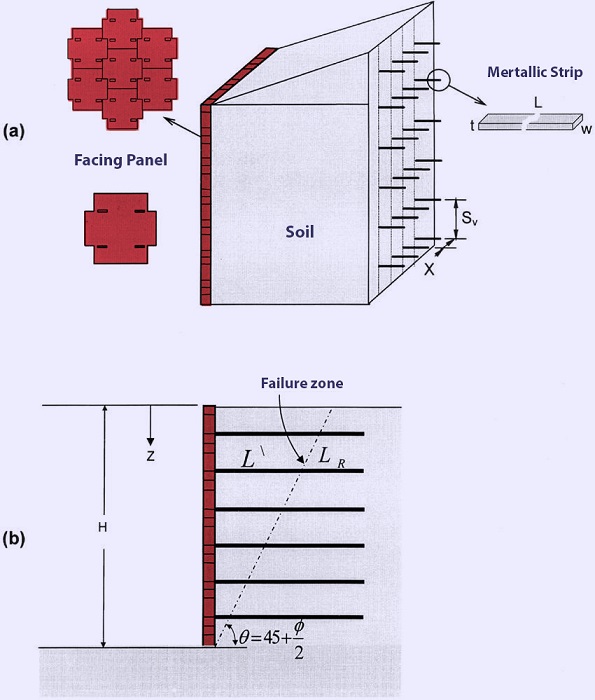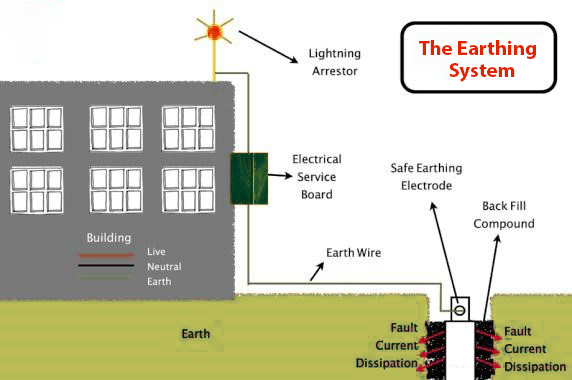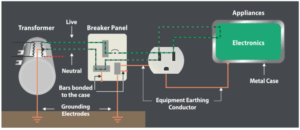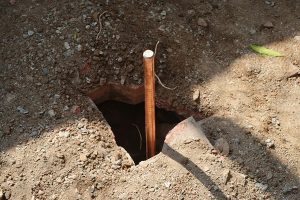Earthing is defined as “the method of sending charges directly to the ground through low resistance wire to cause an immediate discharge of electrical energy.”
The least resistant channel for fault current leaking is chosen, which calls for a low-resistance earthing cable. Leakage of current from electric appliances is the most experienced disadvantage by many people. The appliances giving off current results in hazardous shocks, which might be life-threatening. Have you also experienced shocks from certain electrical appliances? To prevent these shocks earthing of leaking currents is done. Earthing is basically a technique of grounding all the unnecessary current.
What is Strip Earthing?
Strip Earthing is the process of transmission of current from the electrical appliances to the ground through a metallic strip of low resistance. The strips used in earth stripping have a diameter of 6mm and are galvanized in a hot-dipped solution. Then these strips are installed in the ground with a depth of 0.5m in horizontal trenches.

Mostly strips made up of copper are used for grounding current through the process of earth stripping. Because copper earthing strips are so resistant to corrosion, they last longer and offer better voltage transient protection. The strip earthing provides a pathway that allows easy flow of current from faulty electrical appliances to the ground. The strips are further covered in good quality insulating material, which prevents the metallic strips from the corrosive nature of the soil. So, for safety purposes, all electrical appliances should be grounded using the strip earthing technique.
How to install Strip Earthing?
To ensure safety, strips should be installed in the ground or near the soil that would aid in the transmission of currents through a definite pathway.
For the installation of strip earthing, a specific route is defined. The next step is the preparation of strips. The strips are hot-dipped galvanized and perfectly aligned. Then the strips can be installed in two ways:
1) Installation on a wall:
The earth strips can be installed in the wall with a definite procedure. For this, firstly earth leads are installed in the wall. Earth leads are the conductive wires used to connect the earth electrode and the electrical installation system. These leads are supported by clamps. The strip is then connected to the copper conductor. This process takes place in horizontal trenches installed in the walls connected to the earth’s leads. This results in the transfer of current from the appliances to the Copper strips installed in the walls.

2) Installation in the ground:
The strips are installed in the ground in the same way as they are installed in the wall. The only difference is that the ground strips are easily installed because they don’t require clamps to support the earth leads. The soil keeps the earth leads in place.

Advantages of Strip Earthing:
Following are some benefits of Strip Earthing:
- It is an easy and affordable technique.
- It is the most reasonable and effective way of grounding current.
- It is providing essential safety facilities.
- It plays a key role in carrying out maintenance.
Although there are many other ways of grounding leakage currents but the most common and appropriate method of transmitting current to the ground is strip earthing. So, to prevent damages caused by current leakage, the installation of earth strips is an effective and advantageous approach.
This article is part of our series of articles on Lightning Protection, Surge Protection & Earthing, you can read more with the following links:
Surge Protection Devices (SPD)
Lightning Protection Zones and their Application to SPD Selection
How does a Lightning Arrester work?
Thank you for reading the blog, Axis is a leading manufacturer and supplier of Electrical Components to over 80+ Countries. Talk to our industry expert by visiting our contact us section. You can also watch our videos by our experts – click here.








